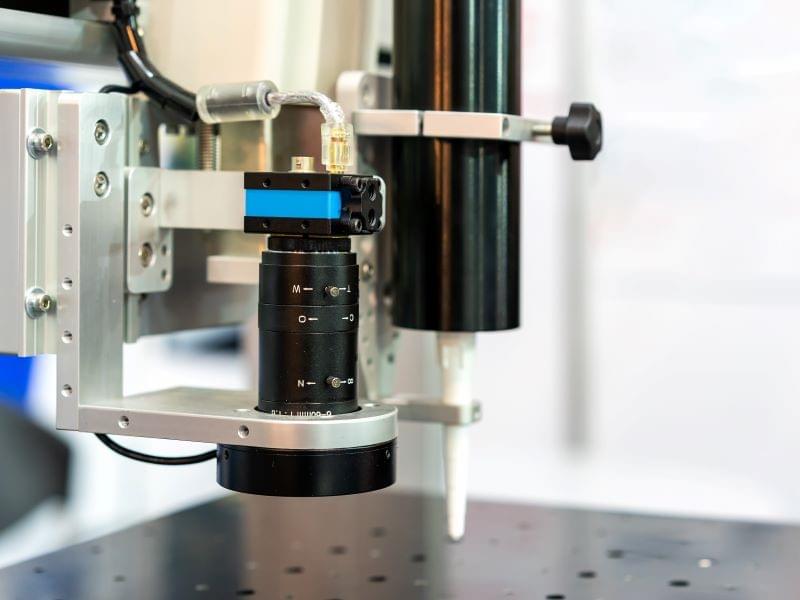A new study from Smithers,
The Future of Hot Melt Adhesives to 2027, has identified water-based adhesives as the most in-demand technology, followed by solvent based, hot melt, pressure sensitive and reactive systems. Water-based and reactive systems are showing strong growth in key end-use segments, while interest in solvent systems is falling off for environmental reasons.
According to new data from Smithers, the hot melt adhesives market is worth $8,210 million in 2022, growing to $9,446 million in 2027. Hot melt adhesives together with reactive and other systems will see some over proportional growth towards 15% market share. Reactive and other systems will grow from $6.8 billion sales in 2019 towards $9.1 billion sales in 2027. Pressure sensitive adhesives will grow with the overall market from $6.8 billion sales in 2019 towards $8.75 billion sales in 2027. Solvent-based systems will lose its second place due to environmental reasons. These systems will grow only under proportionally from $7.1 billion sales in 2019 towards $7.5 billion sales in 2027.
The global adhesives market in 2021 was in the range of $50.3 billion with about 14.7 m tonnes and is expected to grow towards $61.8 billion with about 17.4 m tonnes. Water-based adhesives technology is and will be the dominating system with about 43% share or $20.1 billion sales in 2019 and will even grow towards 44% or $27 billion sales in 2027.
Regionally, In 2022, Asia-Pacific has the largest market share and this will not change to 2027.
Growth in key segments
Packaging represents the biggest application area for hot melt adhesives and is expected to grow from $2.2 billion sales with 715,000 tonnes in 2021 towards $2.9 billion sales with 895,000 tonnes in 2027. Contributing factors in the growth in packaging include e-commerce and an increase in single-person households, resulting in smaller single packs. The tapes and labels sector is closely linked to the packaging industry and for this reason is expected to grow from about $0.6 billion with 175,000 tonnes towards $0.75 billion with 215,000 tonnes in 2027.
Nonwoven/hygiene applications will become the second biggest market for hot melt adhesives, taking over for construction/wood and furniture, and is expected to grow from $1.25 billion sales with 379,000 tonnes in 2021 towards $1.64 billion sales with 474,000 tonnes in 2027. Construction/wood and furniture is still expected to grow from $1.3 billion sales with about 360,000 tonnes in 2021 towards $1.5 billion with 402,000 tonnes in 2027.
The transportation industry and especially the automotive industry is at the beginning of its deepest transformation since its rise. Electrification, digitalization and decarbonization require massive investments and attention. The transportation sector will gain importance for hot melt adhesives and is expected to grow from $0.8 billion sales with 240,000 tonnes in 2021 towards $1.1 billion with 305,000 tonnes in 2027.
Top trends in hot melt adhesives
- Sustainability: To improve their sustainability, most polyolefin-based hot melt adhesives and some others can be produced to a large extent with biobased raw materials. For example, bio C2 or C3 is already offered by companies like Neste, Braschem, Clariant, etc. Hot melt adhesives that can be broken down into a nutrient-rich substrate under specific rules, time frame and quality of the composting process. Means, hot melt adhesives can be formulated with high levels of bio-based and renewable raw materials for the most efficient life cycle management through the combination of bio-based materials, which can be well recycled and are at the end of life even biodegradable.
- E-commerce: Although the restrictions on brick-and-mortar retail have relaxed and more people are returning to physical stores, online sales continue to soar. This results in unchanged increasing demand for respective hot melt adhesives for the packaging area.
- E-mobility: Electric vehicles are having a major influence on the demand and needs of specific hot melt adhesives. The European Union just agreed to stop the production of cars with gas engines in the year 2035. The current gas pricing accelerates the trend and demand for electric cars even more. This move is adding to demand for hot melt adhesives that can be used in the construction of EVs for battery assembly, under the hood and other applications.
